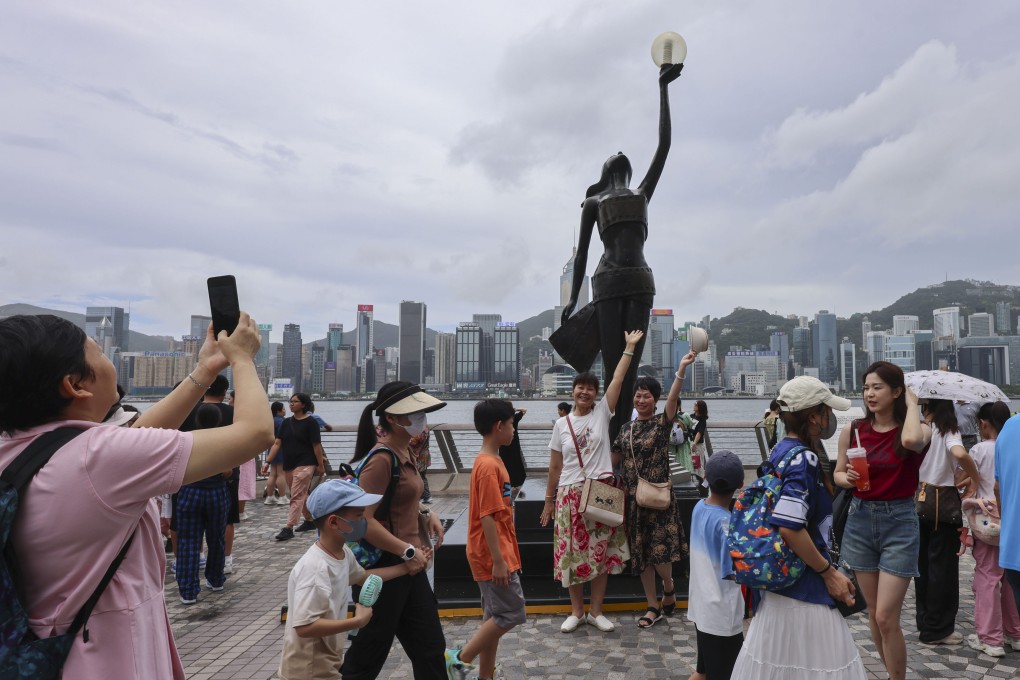Advertisement
Opinion | Hong Kong has what it takes to bounce back. We just need to pull together
The city can move beyond its reliance on mass tourism from mainland China and instead get stakeholders to offer new opportunities
Reading Time:4 minutes
Why you can trust SCMP
4

In July, Hong Kong continued to post strong double-digit growth in external trade, increasing the total value of merchandise trade in the first seven months to a solid 10.1 per cent year on year. The city’s strong trade performance brought few cheers, as the continued slump in retail sales, which declined a further 11.8 per cent in July cast a pall on the economic outlook.
Advertisement
The good news is that after months of struggling to revive tourism-related retail, catering and hotel accommodation sectors, a key engine of growth, the reality has finally come home to roost that a singular reliance on mass tourism from mainland China to boost consumption will not deliver the desired fast turnaround.
The government should not be faulted for not working hard enough to boost tourism or to create more vibrant night scenes. After all, tourism arrivals in the first seven months of the year have reached 25 million and are estimated to reach 46 million by the end of the year, a very respectable number, albeit still falling short of the jaw-dropping high of 65 million arrivals recorded in 2018. Four out of five of those arrivals were from the mainland.
In hindsight, the phenomenal numbers notched up in 2018 can hardly be healthy or sustainable, considering the small size of the city, the paucity of attractions and the lack of diversity of tourists. The sky-high spending of mainland Chinese tourists on luxury products skewed the local economy, bringing outsized profits to landlords and luxury retailers, but took away any potential incentives for locals to upgrade services or bring in innovative shopping and dining experiences.
It is easy to blame the city’s weak consumption on its high living costs, its strong currency linked to the US dollar, the changed spending patterns of visitors from mainland China, and Hong Kong people’s new-found love of staying at home to shop and order food online. But sight must not be lost of more powerful underlying forces at work – Hong Kong’s accelerating integration with mainland China.
Advertisement
When funding approval was given for billions to be spent on the Hong Kong-Zhuhai-Macau Bridge, the high-speed rail connecting West Kowloon with Shenzhen within 20 minutes and the Liantang-Heung Yuen Wai Boundary Control Point linking our city with the mainland, few would have dreamed that the super-efficient transport network would change the lives of Hong Kong residents.

Advertisement
